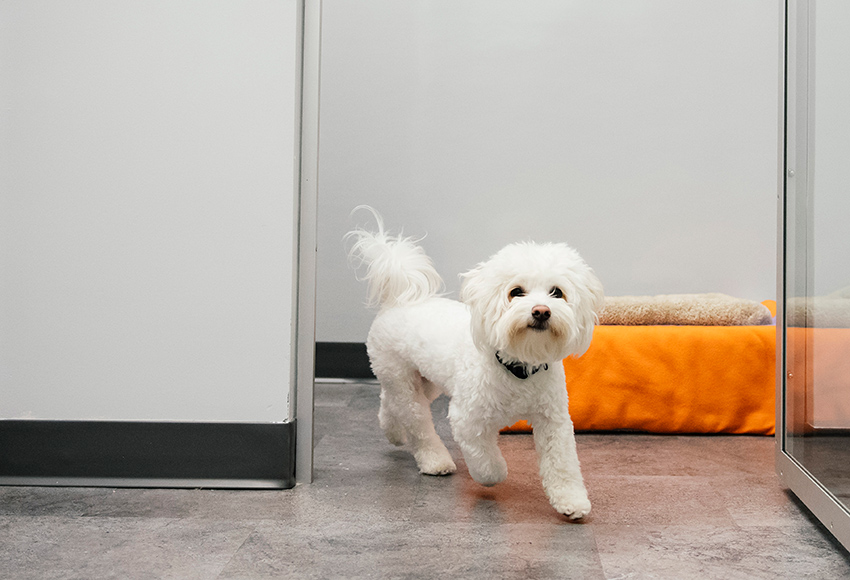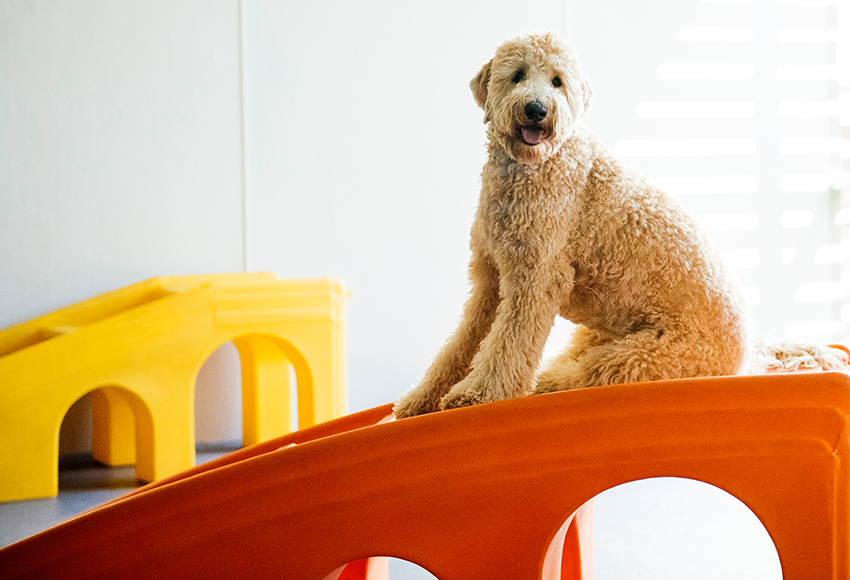Everything You Need to Know About Dog Boarding: A Comprehensive Guide

When planning a vacation or an extended absence, one of the biggest concerns for dog owners is ensuring their furry friend is well cared for while they’re away. Dog boarding can be an excellent solution, providing a safe, structured environment for your pet. In this blog, we’ll explore everything you need to know about dog boarding, including its benefits, what to look for in a facility, and how to prepare your dog for their stay.
Why Choose Dog Boarding?
Dog boarding offers several advantages for both you and your pet, making it a popular choice for pet care during absences. Here are some key reasons why dog boarding might be the right option for you:
- Professional Care and Supervision
- Dog boarding facilities are staffed by professionals trained to handle various dog breeds and temperaments. They provide consistent care, including feeding, exercise, and medication if needed. This professional supervision ensures your dog is in good hands and receives high-quality care.
- Safe and Secure Environment
- Boarding facilities are designed to be safe and secure, with secure fencing and monitored access. This minimizes the risk of escape and ensures that your dog is protected in a controlled environment.
- Structured Routine
- Dogs thrive on routine, and boarding facilities often provide a consistent schedule for meals, playtime, and rest. This structure helps reduce stress and anxiety, providing a sense of stability for your pet.
- Socialization Opportunities
- Dog boarding offers opportunities for socialization with other dogs and people. This interaction can help improve your dog’s behavior and social skills, as well as provide them with mental and physical stimulation.
- Medical Care and Monitoring
- For dogs with special medical needs, many boarding facilities have access to veterinary care or staff trained to administer medications. This ensures that any health issues are managed promptly and appropriately.
What to Look for in a Dog Boarding Facility
Choosing the right boarding facility is crucial for your dog’s well-being. Here are some factors to consider when evaluating potential boarding options:
- Facility Cleanliness and Safety
- Visit the facility to check for cleanliness and safety measures. Ensure that the space is well-maintained, and the area is secure with proper fencing and gates.
- Staff Qualifications and Training
- Inquire about the staff’s qualifications and experience. Ensure that they are trained in dog behavior, handling, and first aid. Knowledgeable staff will be better equipped to care for your dog’s specific needs.
- Amenities and Accommodations
- Look for amenities that cater to your dog’s comfort, such as clean sleeping areas, climate control (air conditioning or heating), and ample play space. Some facilities offer luxury accommodations, while others provide more basic options.
- Health and Safety Protocols
- Check the facility’s health and safety protocols, including vaccination requirements and sanitation practices. Ensure that the facility has procedures in place for handling emergencies and illness.
- Reputation and Reviews
- Research the facility’s reputation by reading reviews and asking for recommendations from other pet owners. Positive feedback and word-of-mouth recommendations can provide valuable insights into the facility’s quality of care.
How to Prepare Your Dog for Boarding
Preparing your dog for boarding can help ensure a smooth transition and reduce any potential stress. Here’s how to get your dog ready for their stay:
- Visit the Facility
- If possible, take your dog for a visit to the boarding facility before their stay. This will help them become familiar with the environment and staff, making the transition smoother.
- Update Vaccinations and Health Records
- Ensure that your dog’s vaccinations are up-to-date and provide the facility with any necessary health records. This helps ensure that your dog is protected and meets the facility’s requirements.
- Pack Familiar Items
- Bring along familiar items such as your dog’s bed, toys, and any special food or medications. These familiar items can provide comfort and help ease the transition to a new environment.
- Practice Short Absences
- If your dog isn’t used to being away from you, start with short absences to help them adjust. Gradually increasing the length of time you’re away can help your dog become more comfortable with being apart from you.
- Communicate with the Staff
- Provide the boarding facility with detailed information about your dog’s routines, preferences, and any special needs. Clear communication helps ensure that your dog receives the best possible care.
Conclusion
Dog boarding can be an excellent solution for ensuring your furry friend is well cared for while you’re away. With professional supervision, a safe environment, and ample opportunities for socialization and stimulation, boarding facilities offer a range of benefits for both dogs and their owners. By choosing the right facility and preparing your dog for their stay, you can enjoy peace of mind knowing that your pet is in good hands. If you’re considering dog boarding, take the time to research your options and find a facility that meets your dog’s needs and provides the level of care you expect.







